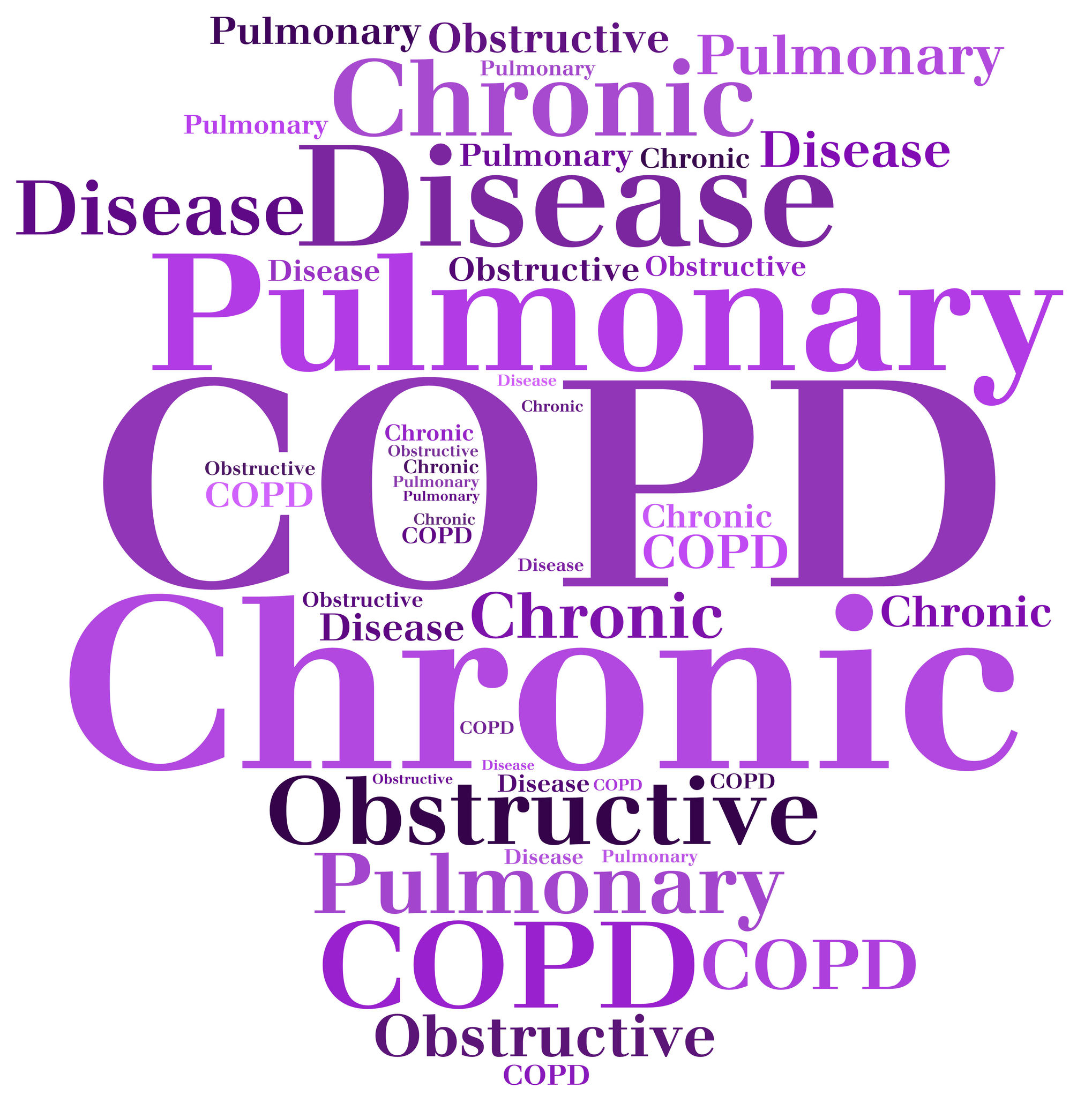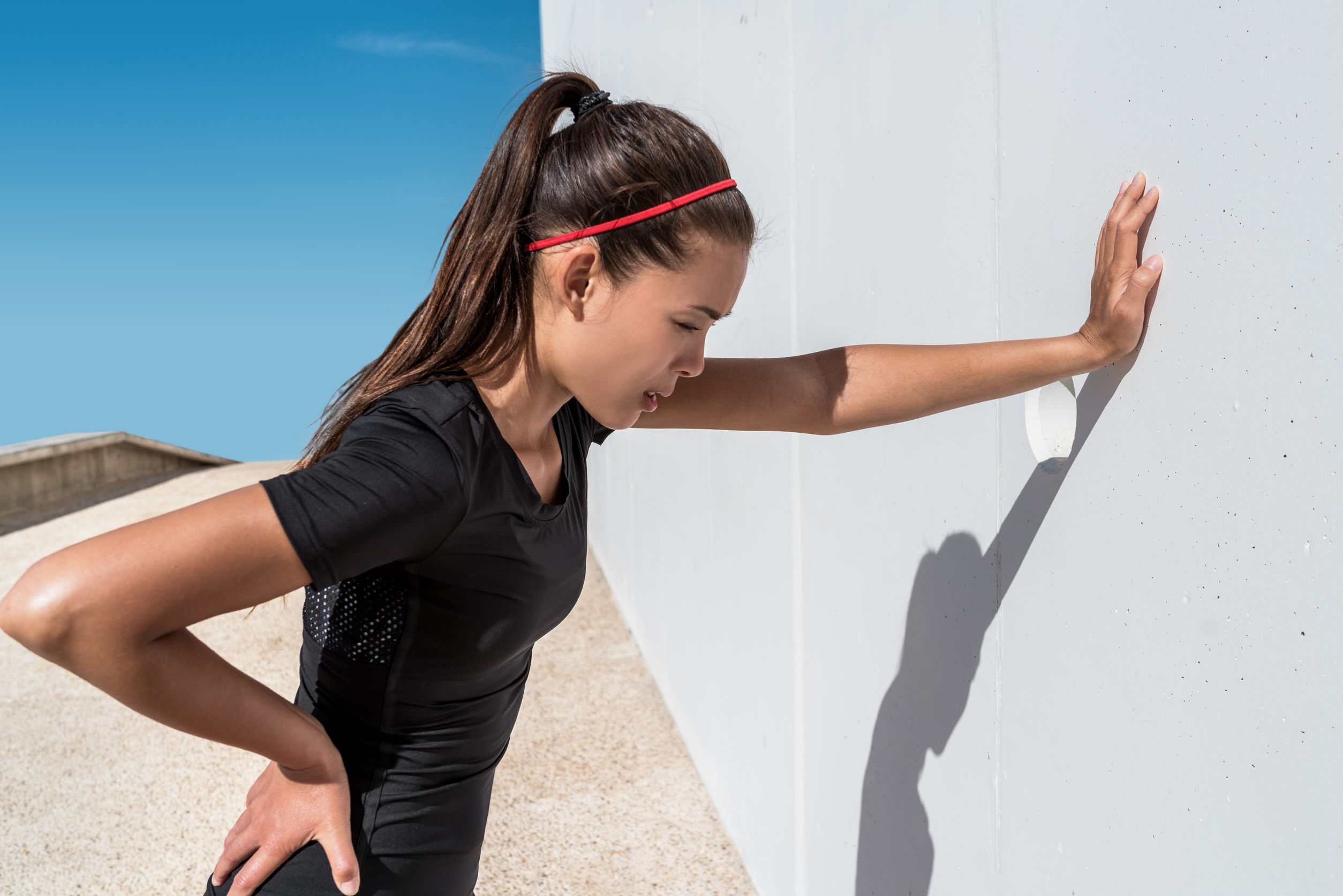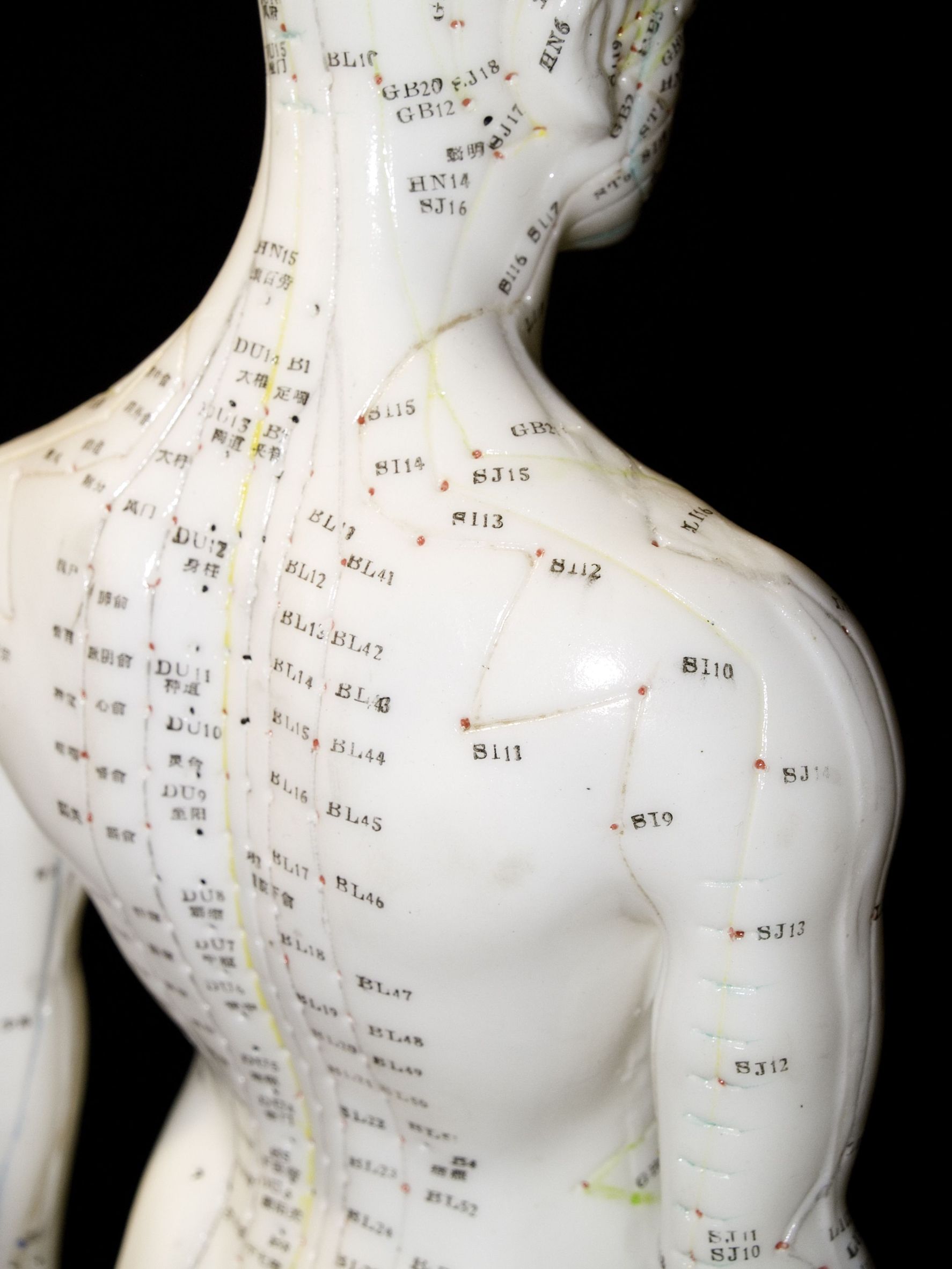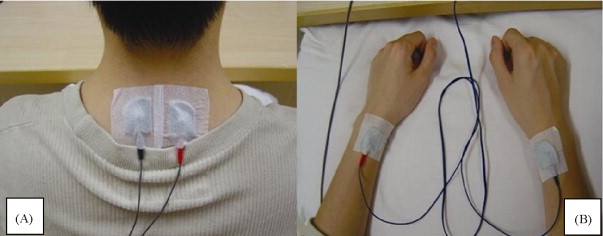Doing bouts of moderately intensive exercise or physical activity for at least a total of 30 minutes every day boosts physical, mental and emotional health. But for some people who suffer from asthma or chronic obstructive pulmonary disease (COPD), exercising for even a few minutes may bring on severe shortness of breath, putting them off from exercising altogether. Those with acute exacerbation of COPD may find it so hard to breathe even without doing any physical activity that they require hospitalisation. However, an easy-to-learn therapy called Acu-TENS that stimulates acupuncture points using electrodes on the skin could potentially help them to ease their difficulty in breathing.
People with asthma temporarily experience difficulty in breathing when a substance or physical exertion irritates and inflames their airways, while people with COPD have a permanently reduced lung capacity owing to disease or surgery. With careful management of their condition, having asthma or COPD has not stopped sufferers from excelling in explosive sports or endurance events. However, for some sufferers, the feeling of struggling to breathe during and after even a little physical exertion is just too off-putting to exercise at all, while a few others find themselves labouring to breathe just going about their daily lives.











